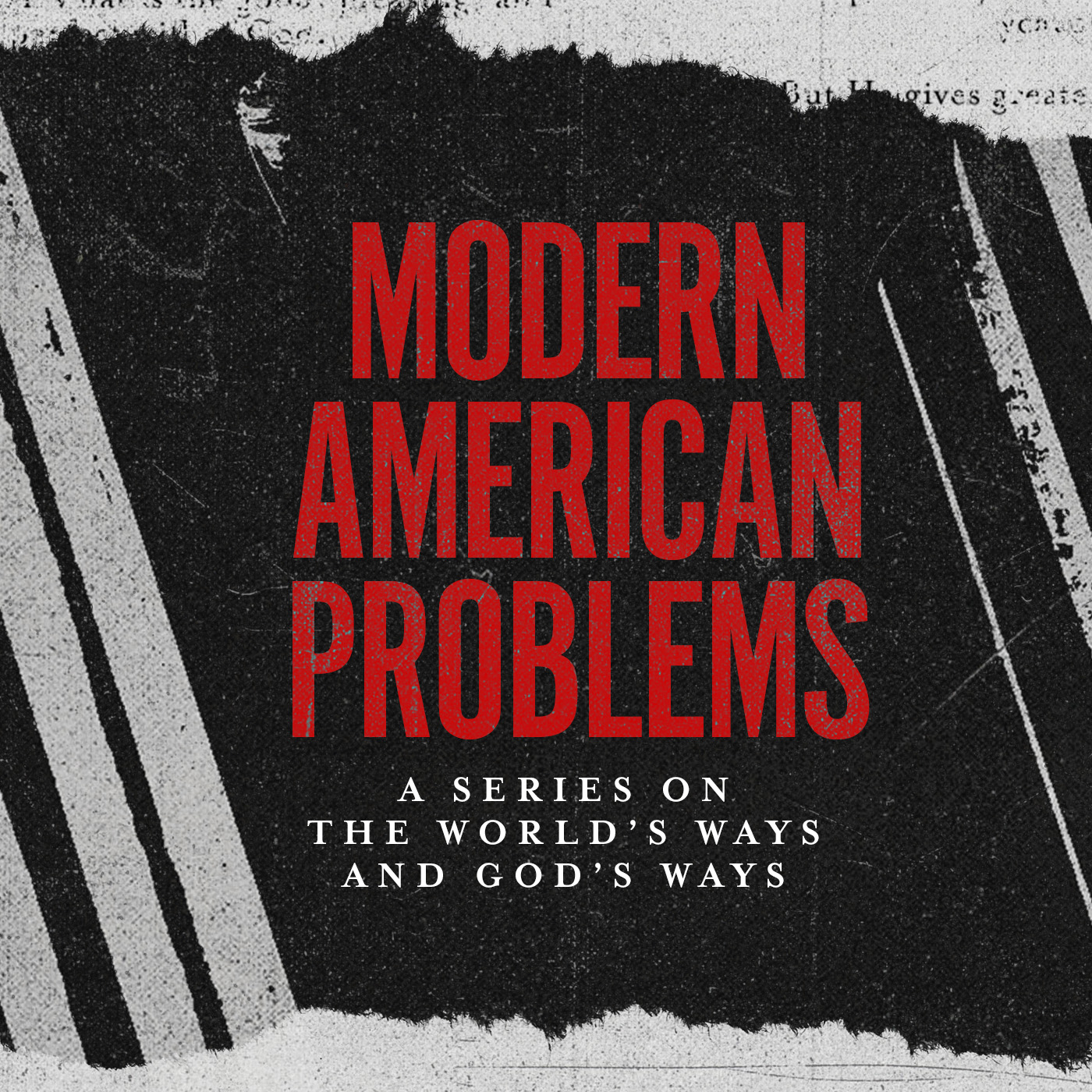However, a simplification would be to say that formal equivalence is “word-for-word translation” and dynamic equivalence is “thought-for-thought” translation. While HCSB leans more toward the word-for-word translation side than I was previously used to (I grew up on NIV), it does use a thought-for-thought model on the occasions where a literal translation could be confusing.
I realize some people might say, “Wouldn’t the best translation be word-for-word all the time?” and my response is, “not necessarily.” Here’s an example that I read somewhere. In Amos 4:6 the HCSB speaks of God’s discipline in this way, “I gave you absolutely nothing to eat in all your cities, a shortage of food in all your communities” while a more literal translation would be “I gave you cleanness of teeth in all your cities and lack of bread in all your places.”
Now, you can probably tell that “cleanness of teeth” was a figure of speech for “no food,” and “bread” was a word that was emblematic of all kinds of food. But we don’t talk like that in English nowadays. In this case, the more literal translation sounds like God was giving them good dental care and a low-carb diet, but what was really meant was “famine.” In some ways, one could argue that “I gave you nothing to eat” is the more accurate translation since it gets the reader to picture the actual situation being described better.
HCSB was translated with a balance between formal and dynamic equivalence, something the translators called, “optimal equivalence.” And if that wasn’t enough, HCSB also gives footnotes when they use a dynamic method of translation. So, in the case of the verse that says “absolutely nothing to eat” you can look to the bottom of the page and see the note that says, “lit. cleanness of teeth” printed right there in the margins. Wow. The best of both worlds.
I also like how modern the HCSB sounds. Many translations use archaic words like “Behold!” when “Look!” would suffice. And when you think about it, “look” isn’t really less accurate than “behold”; they mean the same thing. But one of them makes it sound like the Bible characters all recited a lot of Shakespeare in their spare time, when they probably talked like normal people.
Having said all of this, I am certainly not “HCSB-only” like a lot of those churches that are “King James Version only.” I do not believe the HCSB has any special or spiritual properties that make it more “God’s word” than other versions. Our associate pastor, Isaac Johnson, uses the English Standard Version (ESV) because that is a good translation as well.

